Russia is a vast country with magnificent nature. Several climatic zones, different time zones, unique places - there is something to be proud of and what to keep for posterity. It is for this purpose that state nature reserves were created. First of all, these are environmental institutions, but they provide a wealth of material for scientists, researchers, and just lovers of wildlife. Therefore, they are concurrently research institutions. State nature reserves operate throughout Russia and are attractions that tourists enjoy visiting with great pleasure.
The history of development
Exactly 100 years have passed since our country came to the conclusion that nature needs protection and care, as well as thorough study. The first was opened Barguzinsky reserve. This happened in 1917, which is an amazing event, given the complexity of those years. As science began to develop rapidly, state nature reserves also began to open throughout the country:
- Astrakhan was opened in 1919.
- Ilmensky in 1920
- Caucasian in 1924
To date, the total area of nature conservation territories in Russia is more than 340 thousand km2. For comparison, this is the territory of Finland. It is not in vain that state nature reserves today play a huge role in the development of science and the study of individual species.
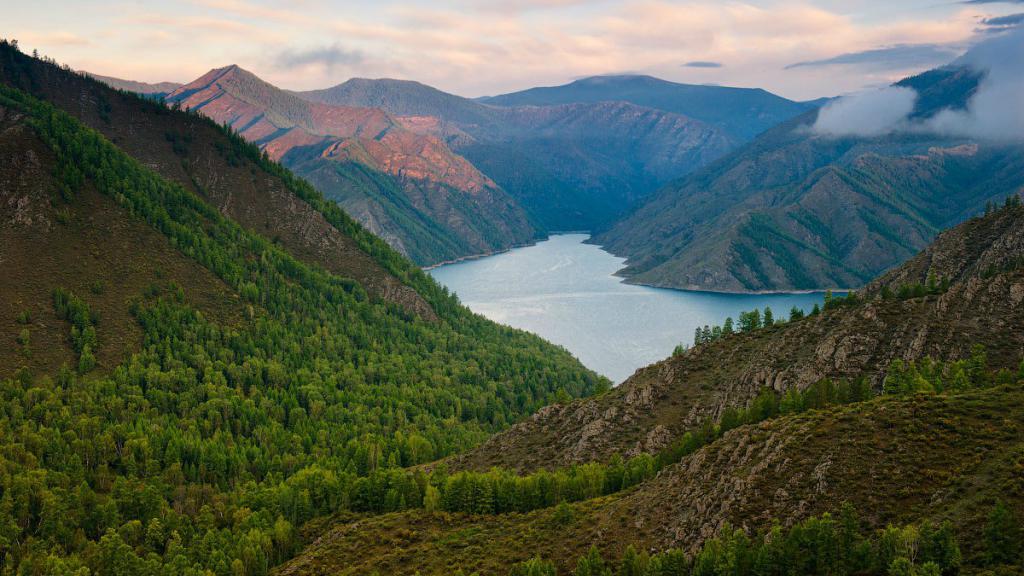
To date
Only at first glance the wealth of our country has long been studied. In fact, nature has many secrets. And today, biologists and zoologists continue to work on its study. But the most important thing is the activity of man. Because of it, the areas of rare animals and the growth of valuable plants are reduced. To prevent their complete disappearance, it is necessary to exclude poaching. Therefore, until 2014, new state nature reserves and national parks were opened. Their number is likely to increase further.
Currently valid:
- 103 unique reserves;
- 71 nature reserve;
- 28 natural monuments.
Some of them have international status. Nowhere in the world are there any more analogues to them. These are reserves, nature reserves and federal parks, unique institutions that serve the tasks that we will now consider.
Targets and goals
The value of state nature reserves is very difficult to overestimate. In accordance with the Federal Law, such are areas of special environmental, recreational and recreational value. These include state natural biosphere reserves. If you are interested in the nature of your native land, then you should visit at least one.
The following tasks are superimposed on them:
- Direct protection of the territory, which is the place of residence of animals threatened with extinction or the growth of valuable plants, or the location of other natural objects.
- Research and scientific activity.
- Environmental monitoring.
- Training and education of tourists, as well as students doing internships. Thus, a new generation of zoologists and biologists is formed, who are not indifferent to nature as a whole.
State controlled
The legal regime of state nature reserves includes measures to protect the territory, and also determines the degree of responsibility for their violation.Since human activities pose a threat to the species of animals and plants living / growing in a particular place, it should be minimized. That is, people should be allowed into this territory only to perform certain tasks.
The legal regime of state nature reserves is prescribed in Article 8 of the Federal Law. It regulates the establishment of a security zone. In accordance with it, the territory of state nature reserves is expanding. To ensure the preservation of the natural complex, access restrictions are envisaged, as well as a system of fines in case of abuse of authority.
The reserve should not contain persons who are not related to it, or for this there must be special permission and familiarity with the rules. Therefore, if you are planning a walking tour of the reserved places, then take care of the availability of permits in advance. Otherwise, problems may arise when meeting with representatives of environmental organizations. Do not forget that huntsmen are not entitled to issue permits, and if there are none, they will ask you to leave the territory.
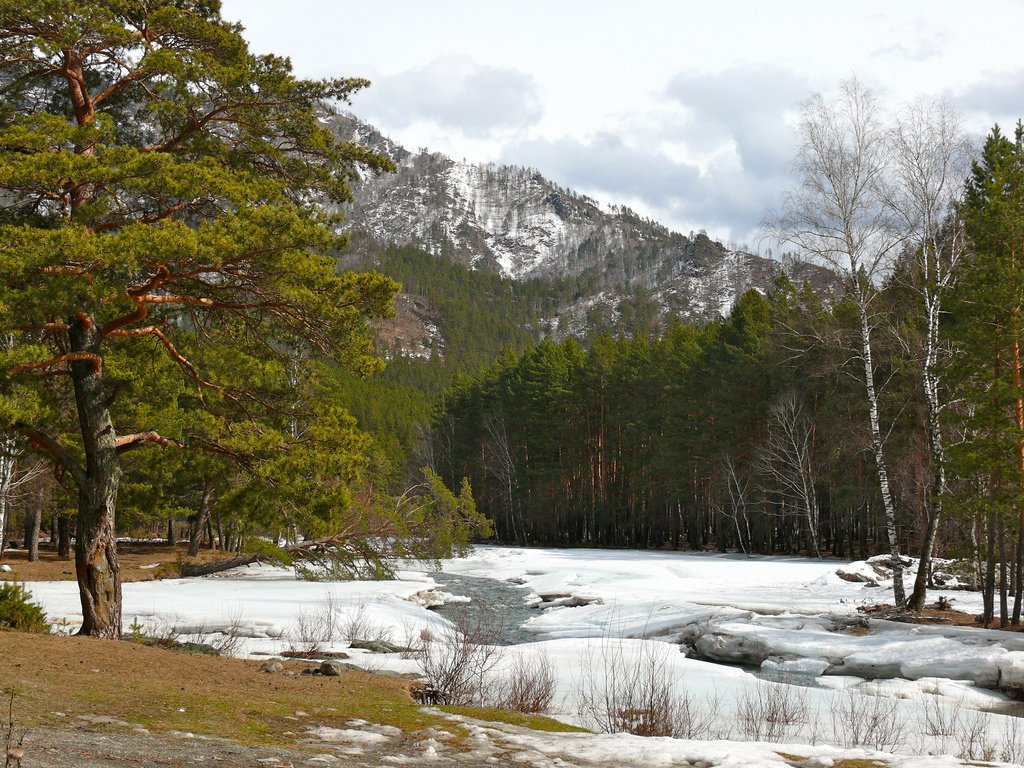
What activities can be held in a protected area?
As already noted above, the list of state nature reserves includes 103 conservation areas. This is a colossal number, no other state can boast of such. But closed areas are not museums. Here, activities aimed at:
- Prevent changes in animal populations, as well as reduce the number of valuable plants.
- Compliance with safety, in particular fire and epidemiological. And for this it is necessary to prevent the spread of garbage in the territory, as well as the kindling of fires.
- Tracking water and air purity.
- Direct scientific activity.
- Implementation of supervisory and oversight functions.
Today we will take a walk in the most interesting nature reserves of Russia. There are so many that you can write a whole book. But the scope of the article is limited, so let us dwell on a few of them.
Altai region
This world is special, mountainous and amazing. Nature endowed him with such beauties that are difficult to see elsewhere. The snow-white peaks of the mountains, the purest springs and streams, turbulent rivers and magnificent pines, you just need to visit here once. Altai Nature Reserve was founded in the middle of the last century, in 1932. The area of this place is amazing, it is 864 thousand hectares. Colossal, vast expanses are located in the upper reaches of the Chulyshman River and Lake Teletskoye.
Altai Reserve - this is a special place. It was created to protect the unique nature of taiga. There are not many places on the Earth that are so clean and beautiful, so it is important to prevent their ruin and destruction. The vast territory of the reserve determines another amazing feature.
Most of it is warm in summer, and winters are snowy and mild. In July, the maximum temperature reaches +16 degrees. The southeastern part is like a different world. Here the climate is sharply continental, in January frosts can stand -50, and in summer the figures reach +30 degrees. If tourists want to travel through the whole territory, it is better to foresee this moment and stock up on necessary clothes.
Unique landscapes
This is true, not without reason the landscapes of the reserve are represented by several vertical belts:
- steppe;
- forest;
- subalpine;
- Alpine.
In total, the flora of the reserve is about 1300 plants, 80 species of mammals. The reserve is open for tourists. Each year, groups led by experienced guides organize trips through the virgin taiga. Typical representatives of the Russian forest live here: deer and sable, lynx and squirrel. In the waters of the famous Lake Teletskoy boils life. About 15 species of commercial fish live here. Wild taiga and tundra still have many secrets.Therefore, the complex work of employees is of great scientific importance.

The reserve named after V.M. Peskov
Voronezh State Nature Reserve is one of the oldest in Russia. Here, Peter the Great chose trees for the future fleet. But he is famous not only for magnificent forests. The reserve is located near Voronezh, in the interfluve of two mighty rivers.
The reserve was created in 1923, and the main goal was to preserve the river beaver. Now tourists can visit it and look at this beautiful animal. Here they live in families, as they are used to in nature. To date, this reserve has helped to resettle almost exterminated animals throughout the country. Here they not only preserve nature, but also conduct educational and training activities. Every day, dozens of tourists visit the reserve, and there is something to see here:
- Actually a beaver nursery, which is located on the central estate of the reserve. These are huts with families, a large aquarium and a small museum dedicated to amazing creatures.
- A large Museum of Nature was created on the territory.
- Museum of fires. Here guests get acquainted with what is happening at the epicenter of forest fires.
- Museum of V. M. Peskov.
- And for the most active guests there is a rope park. While adults are listening to the lecture of the guide, children can try their hand and conquer the peaks.
- And for history buffs and believers, it will be interesting to visit the existing monastery. It is also located in the reserve.
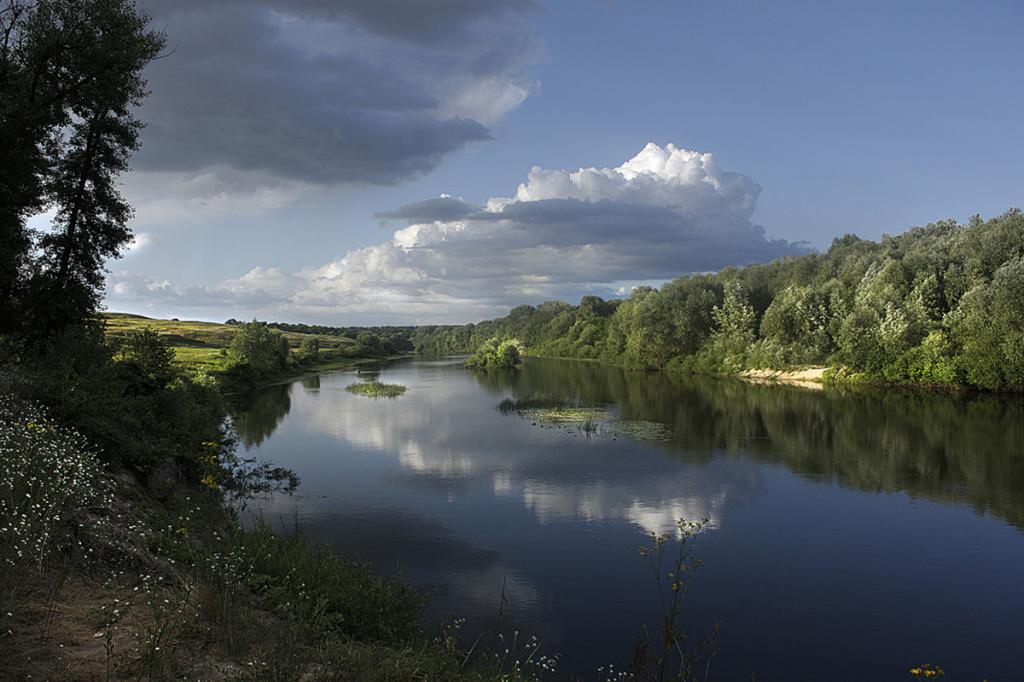
Central District, Novokhopersk
This is one of the most beautiful and richest in natural wealth regions of Russia. Voronezh region is famous for its sanatoriums, resort areas and reserves. The Khopersky State Nature Reserve is located along the Khoper River. The security zone is about 30 hectares, it smoothly passes into the rest of the reserve, where the borders are lost in the endless taiga.
At the beginning of the 19th century, forests were massively cut down in these places. At the same time, there was a massive capture of game animals. Including Russian muskrat. In 1935, the uncontrolled use of natural resources was decided to stop. First of all, the reserve was created to save the relict animal. The departments controlling its activities have changed more than once, but this did not affect the direct functions.
Since 1936, it has become the most important platform for studying flora and fauna, conducting scientific and research activities. Seminars and conferences are regularly held at the reserve. In addition to the rangers, volunteers work here, who are not indifferent to the nature of their native land.

Moscow region
It is no secret that the Moscow Region is famous for its beautiful nature. But there is an untouched corner, closed from the destructive activity of man. This is truly a unique place. The Prioksko-Terrasny State Nature Reserve is located in the most populated region of Russia, on the left bank of the Oka. At first glance, these are endless forests, but scientific and research activities are in full swing here.
There are no analogues of the natural wealth of these places anywhere else. Even in the famous arboretums there is no such an abundance of rare plants and trees. On its territory you can find an amazing mixture of species. These are sundew with cranberries, typical of the northern species, and in some places southern grasses and shrubs. The reserve area is only 5 thousand hectares. And the main "attraction" is a wild bison, a contemporary of the mammoth, which until recently was on the verge of extermination.
The reserve invites nature lovers and simply not indifferent people to cooperation. What can you do for a unique reserve:
- Become a volunteer. Skilled hands and kind hearts of those who love nature are very necessary here. The rangers have a huge amount of work not only to protect, but also to feed the animals.
- Adopt a bison. Anyone can take custody of the “king of the bulls” by financing his maintenance in the nursery.Of course, the state provides subsidies, but the payments are relatively small, especially given the high costs.
- Book an excursion. Ticket prices also go to animal welfare, veterinary care and feed.
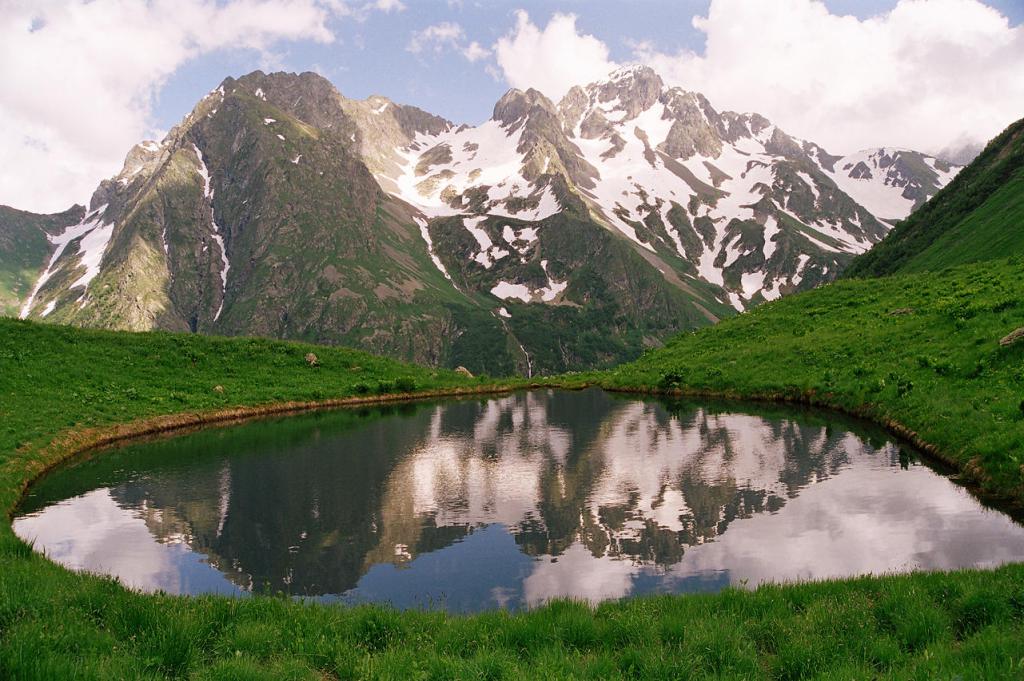
Sights of the Caucasus
This is a fertile land with a favorable climate, which contributes to the development of delicate vegetation, as well as the living of various species of animals. But human activity more than 100 years ago led to the fact that the number of Barguzin sable decreased to critical. That is why the first Caucasian State Nature Reserve in Russia was created here. It is called Barguzinsky.
But even earlier, in 1888, this territory was closed to public access. Only representatives of the Romanov dynasty could hunt here. The huntsmen were given the authority of the guards, but only predatory animals had the right to shoot. The Caucasian reserve survived the difficult years of the war, and in 1979 received the status of the biosphere. These are amazing places, and keeping them pristine is our first priority.
Today its area is more than 280 thousand hectares. Of course, protecting such a colossal territory is very difficult. Even modern transport does not allow access to its hidden corners. It can be assumed how difficult the task of the rangers is.
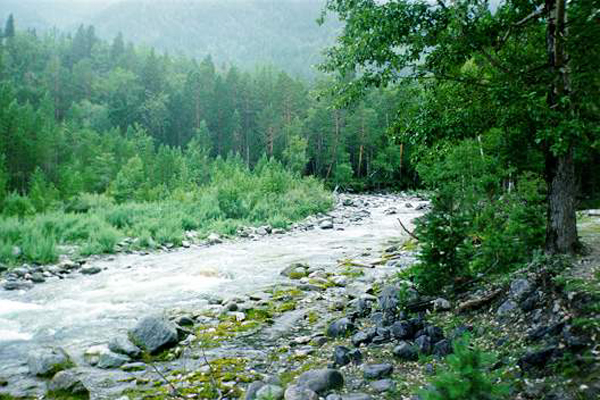
Main activities
A huge number of rare species of animals and birds live here. These are 89 mammals and more than 250 species of birds. About half of them create nests and hatch chicks. There are many reptiles and amphibians, fish and various shellfish. The exact number of insects, worms and arachnids remains unclear. In addition, the reserve has many rare plants.
This is not just a closed and protected area. Employees spend a lot of time developing social events, the purpose of which is to convey to each visitor the importance of the tasks being implemented. For this purpose, there are special centers that work with visitors and tourists. Chamois and lynx, bison and other animals live here. 11 routes were laid through the reserve:
- to the passes Pseashkho and Aishkho;
- to the lake Kardyvach;
- to the peaks and waterfalls of the Achishkho ridge.
In order to go to the reserve, you must obtain permission. All tourism activities are regulated. This is an important point, as it allows you to protect unique places from ruin.
Help to the reserve
Today, everyone has the opportunity to become a volunteer in the reserve. For those who decide to provide assistance free of charge, unique prospects open up. Volunteers help restore forests after fires, planting young seedlings. They work on cordons along with rangers, procure animal feed, help fill feeders, and help to survive multi-snowy winters. In the aviary, the help of volunteers is also invaluable. It is necessary to clean the enclosures and feed the animals, keep their records, record the various points associated with their life. This is an important contribution to the development of science, and the help of everyone is valuable in this matter.
Instead of a conclusion
Russia's nature reserves make an important contribution to the conservation of natural resources, as well as to the development of science. Modern realities are such that the emergence of new environmental zones is possible, since the habitats of animals are gradually declining, and it is increasingly difficult for them to get food. Especially important is their educational mission, since this allows changing the mass consciousness of people.